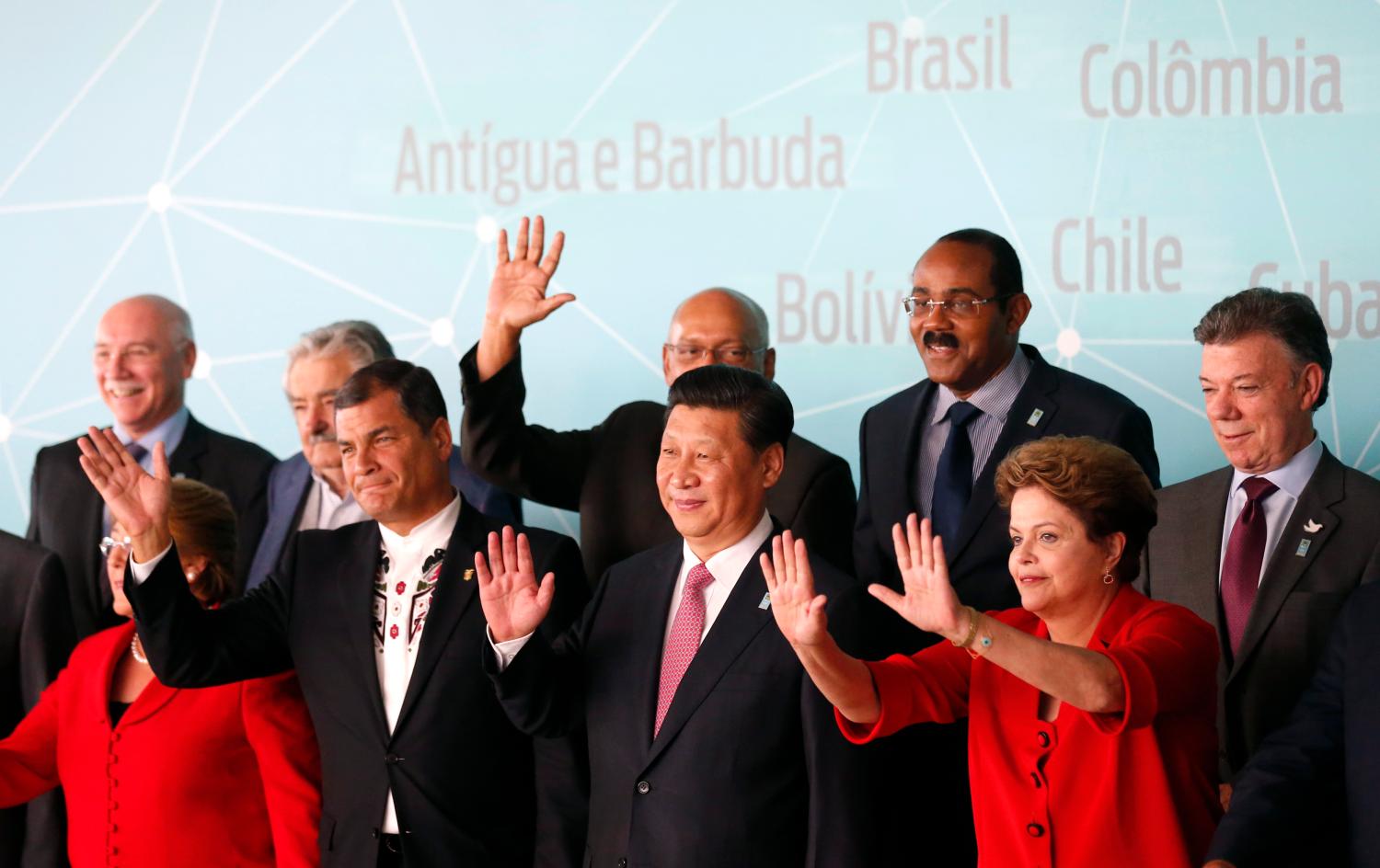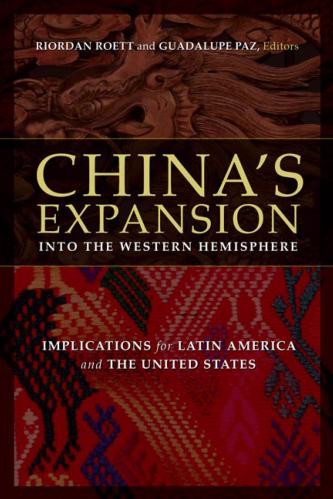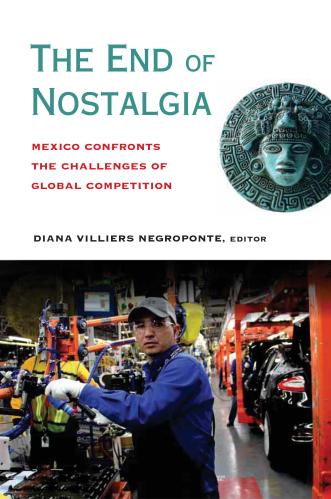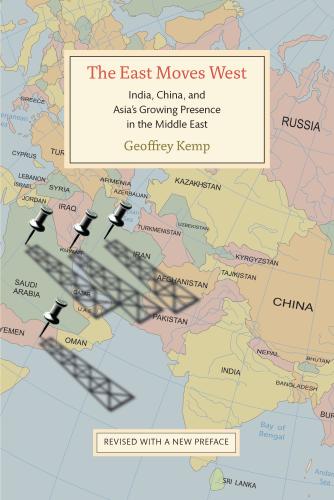Depending on the vantage point, Latin America could be seen as either one, two or three regions. From a business cycle perspective, it could be thought of as a single region. From the ease of access to international financial markets and multilateral financing perspective, Latin America could be thought of as two different regions, one with full access and the other with limited access. From a macroeconomic vulnerability perspective, the region should be thought of as three distinct regions with three very different sets of policy challenges. In light of these complexities, this report intends to characterize and understand both the similarities and the heterogeneities among countries in the region.
The Business Cycle
During the previous decade, Latin America (LAC-7) displayed a period of uninterrupted growth with the sole exception of the post-Lehman crisis year. Yet, two very distinct growth phases immediately catch the eye. Between 2004 and 2011—excluding the temporary interruption following the Lehman crisis—LAC-7 countries grew at an average of 6.1 percent per year, substantially above the historical average of 3.7 percent since the early 1990s. However, since 2012, growth rates cooled off significantly, and now the region is expected to grow at a meager 2 percent in 2014. This pattern of expansion and deceleration was, to a greater or lesser extent, displayed by every country in the region, with Venezuela, Argentina, and Brazil experiencing the largest growth reversals and Mexico, the smallest. What lies behind Latin America’s cycle of boom and subsequently sharp deceleration? The striking pattern of co-movement in the region’s economic fluctuations points to the relevance of external factors. This report develops an empirical model that focuses on the role of external factors in explaining output fluctuations in Latin America. These factors include growth rates in advanced economies, growth rates in China, prices of the commodities that LAC-7 both produces and exports, and the cost of international financing for emerging economies. Containing very few external factors, this model does surprisingly well in tracking LAC-7’s output performance and accounts for more than 65 percent of output fluctuations in the region. It also can mimic both the boom and cooling-off periods with digital precision.
The New Global Context
Thus, no attempt to assess the region’s macroeconomic outlook can be made without first assessing the outlook for the key external drivers of Latin America’s business cycle. Although global risks are not in short supply, this report rules out the occurrence of extreme events: the possibility that U.S. interest rates might rise more sharply and abruptly than expected; the fragility of the recovery in the eurozone once again triggering concerns about the viability of the euro; property prices collapsing in China and leading to financial distress and a severe decline in growth rates; or geopolitical tensions leading to a sharp increase in oil prices and a world recession. The underlying assumption of this report on the global outlook is given by current market expectations on growth in advanced economies and China, commodity prices and U.S. interest rates.
In spite of the fact that current output is still significantly below what was predicted before the financial crisis, monetary policy is highly stimulative and interest rates are close to zero, the eurozone is not able to replicate its historical average growth rate, and the U.S. is merely able to do so.
First, the U.S. is expected to grow at an average rate of 2.7 percent in 2014-2018, close to its historical average of 3 percent, while eurozone growth is expected to be substantially below its historical average. In spite of the fact that current output is still significantly below what was predicted before the financial crisis, monetary policy is highly stimulative and interest rates are close to zero, the eurozone is not able to replicate its historical average growth rate, and the U.S. is merely able to do so. These trends point to an underlying weakness that has led many experts to start talking about “secular stagnation” as the new normal.
Second, the outlook for China points toward a gradual deceleration in growth rates due to an unsustainable investment-led-credit-propelled model of growth that followed the collapse in export growth after the global crisis.
Third, the outlook for growth in advanced economies and China is consistent with an expected softening in commodity prices that LAC-7 countries both produce and export and a gradual increase in U.S. interest rates leading in turn to a gradual increase in the cost of international financing for emerging markets.
What does this global outlook imply for Latin America? The projections of the empirical model developed for this report are consistent with the market’s consensus forecast of 3.3 percent average growth rate for 2014-2018, close to the region’s historical average since the 1990s, close to estimates of potential output growth of 3.6 percent, and substantially below the boom period of 2004-2011.The latter holds true for every Latin American economy with the notable exception of Mexico.
The Brookings Institution is committed to quality, independence, and impact.
We are supported by a diverse array of funders. In line with our values and policies, each Brookings publication represents the sole views of its author(s).









